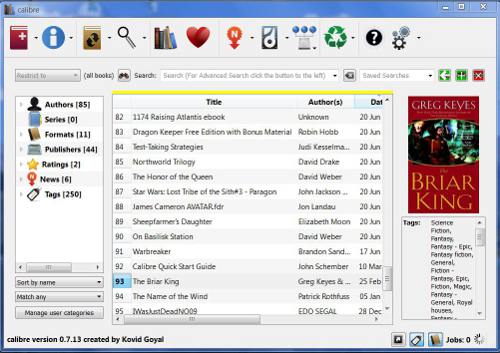

You might want to check your settings to see if you can find this 'install Linux' option. I did mine by brute force and got what I wanted: a real Linux laptop, usable just like all of my other computers with no silly limitations. I can't speak to that at all, I have no idea if that gets rid of the original or lives alongside it or what. I read some time ago that Chromebooks now include an option to install your own Linux on them. I haven't fired up the Acer in years now, but I can't say enough about how wonderful it was-AFTER losing its factory-installed setup. It lived outside on my patio so I didn't have to bother taking a laptop outside every day. From that moment forward it was a *GREAT* little computer! Fast as can be, actually usable by installing all of my regular programs, and storing its data on its hard drive and/or on my network drives.

Luckily, I'd had the foresight to order it with a large hard drive.īack then, it took a bit of hacking but I installed *real* Linux on it, my usual, preferred distro, Kubuntu. I didn't want to be limited to using and storing everything 'in the cloud'-I wanted to use my regular programs, like SeaMonkey and the GIMP, and store my data locally. I couldn't stand Google's idea of Linux on it. So.Īs I recall, I used it for a day or two-and it drove me CRAZY. I wanted to see what this small, lightweight, inexpensive Chromebook could do. Long before I got sick, I bought an Acer Chromebook.


 0 kommentar(er)
0 kommentar(er)
